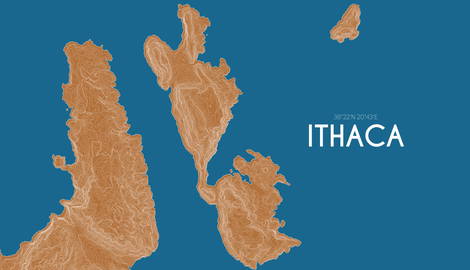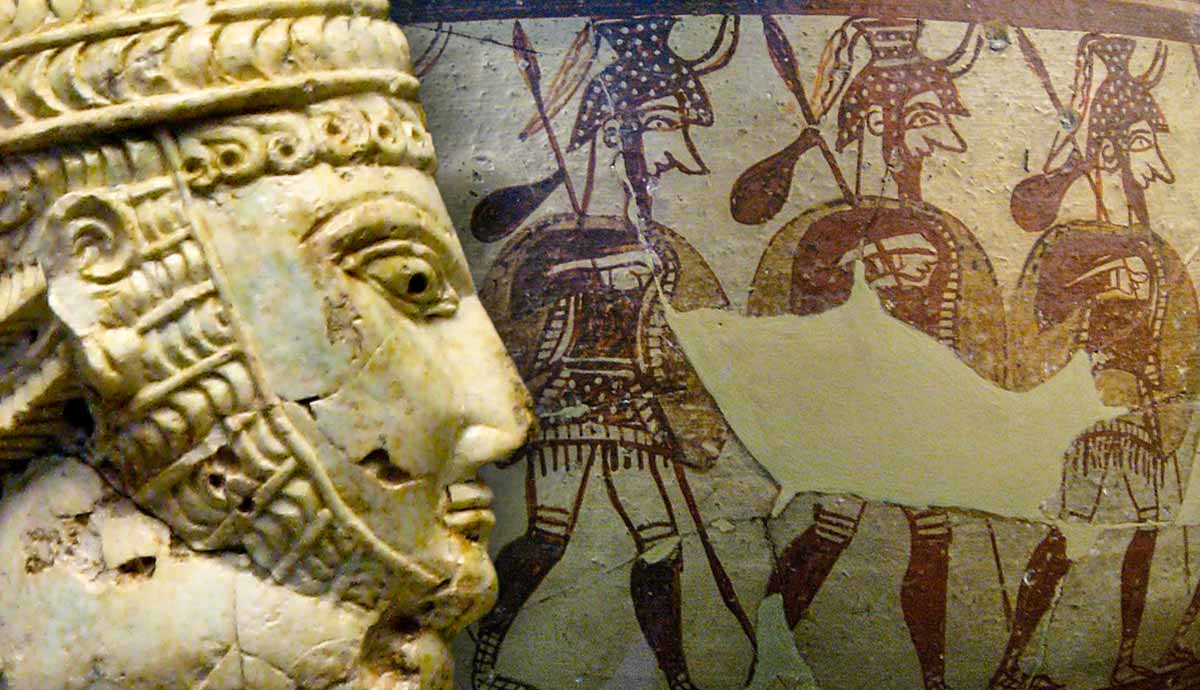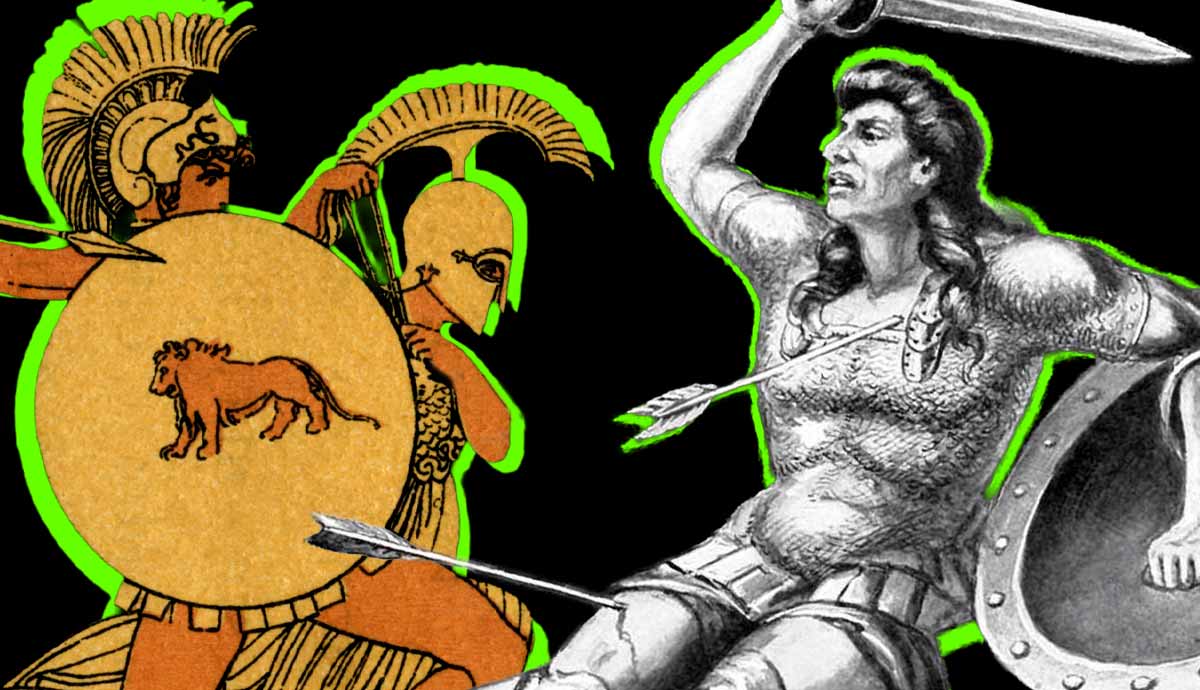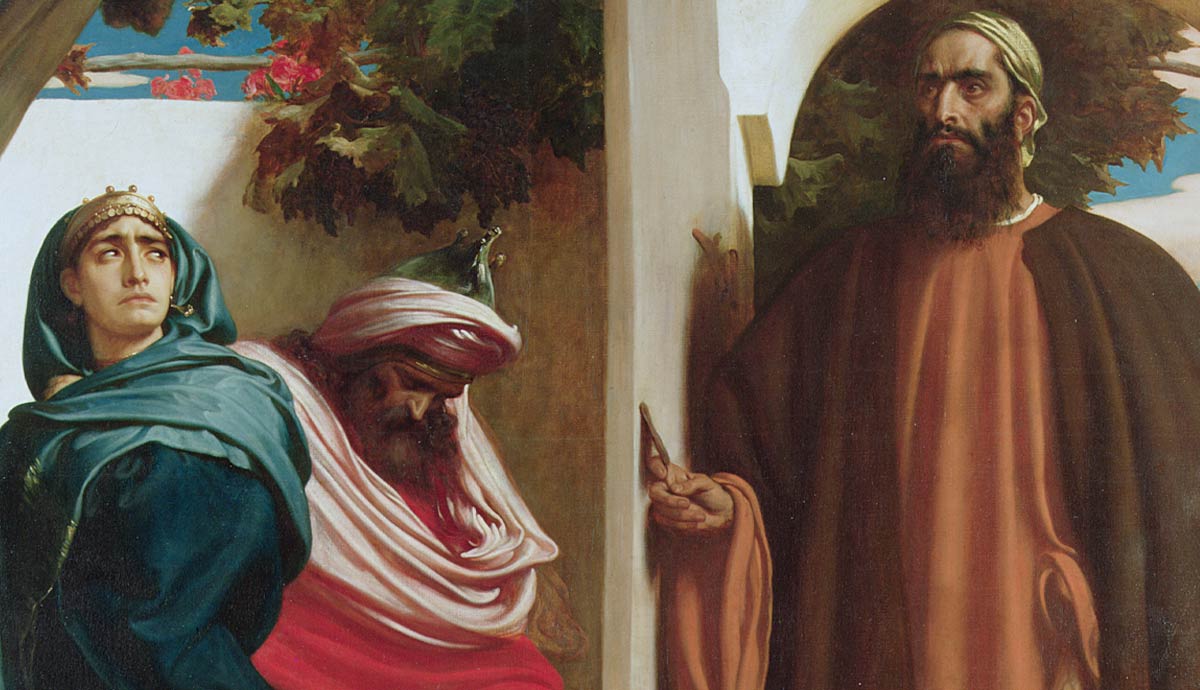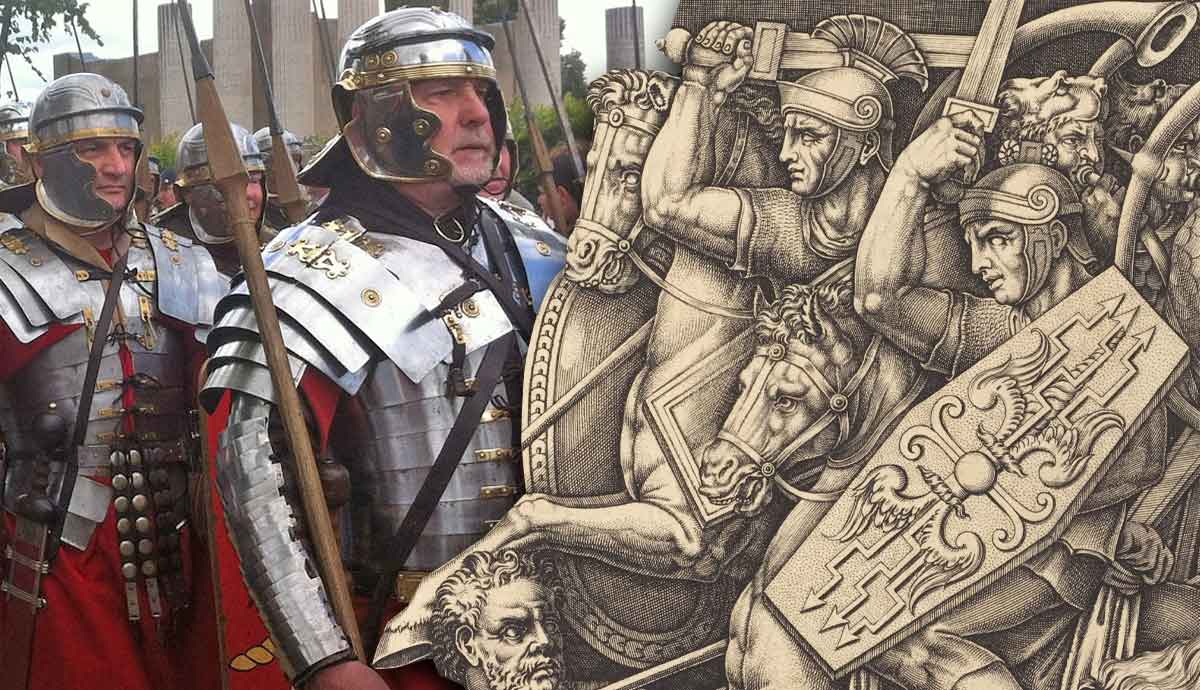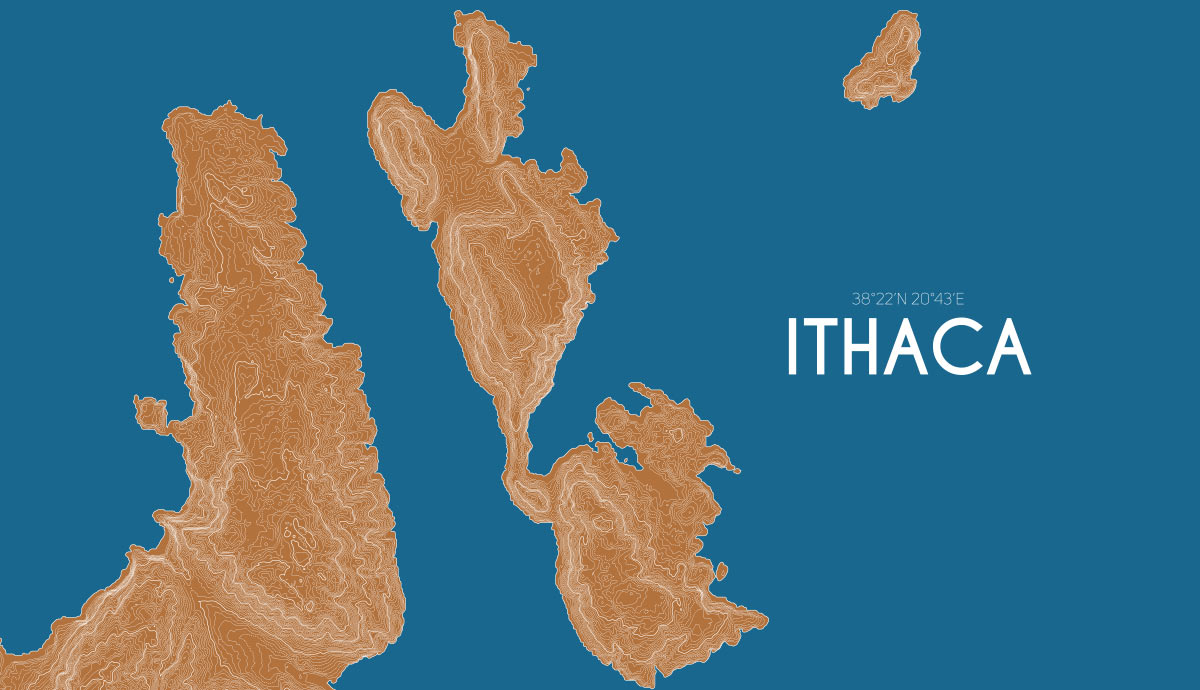
Homer’s Odyssey tells the story of Odysseus trying to get home to Ithaca after the Trojan War. There is universal agreement that Ithaca was in the Ionian Sea, on the western side of Greece. Most scholars agree that Homer’s Ithaca was identical to the modern-day island by that name, which is just to the northeast of Cephalonia. Are there any archaeological traces of the places that Homer describes on Ithaca? The evidence suggests that there is, and that we can identify the Cave of the Nymphs where Odysseus hid his treasure when he finally returned.
Where Is Homer’s Ithaca?
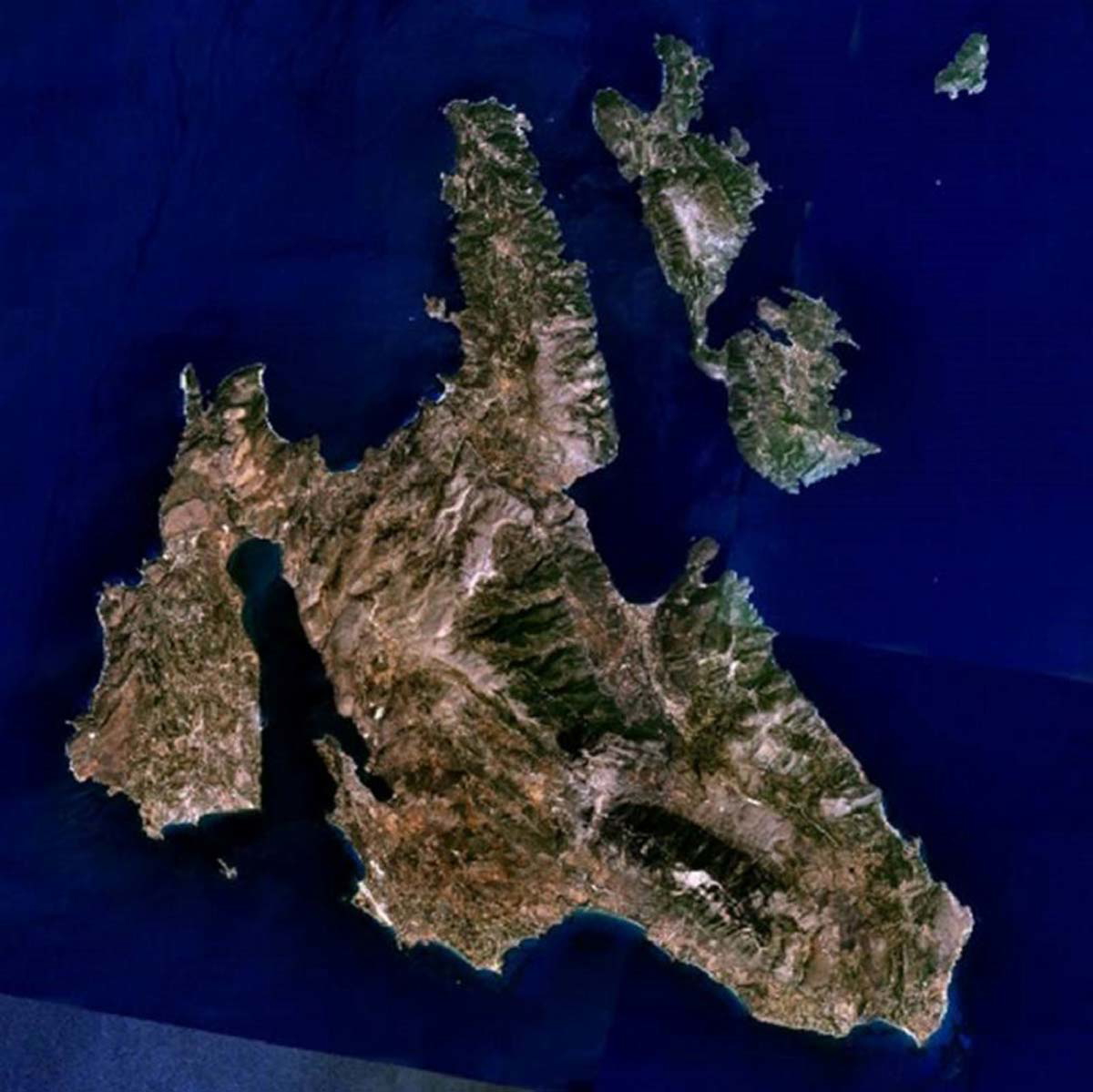
Since ancient times, Homer’s Ithaca has been identified with the island now known by that name, the island just off northwest Cephalonia. However, some scholars in modern times have objected to this location, on the basis that it supposedly does not match Homer’s description. Homer describes Ithaca as being in a group of four islands, with Ithaca itself being:
“…farthest off toward the gloom, with the others off toward sun and dawn…”
This has often been interpreted to mean that Homer’s Ithaca was the westernmost of the four islands (the other three being Zakynthos, Same, and Doulichion). However, another reasonable interpretation would be that it was the northernmost island of those four. The “gloom” could be a reference to the north, with the “sun” meaning the south and the “dawn,” of course, meaning the east. Although there is no universal agreement about the location of Same and Doulichion, they are invariably identified with islands further south than modern-day Ithaca. Furthermore, Tim Severin’s convincing reconstruction of the route of the Odyssey requires the modern-day Ithaca to be Homer’s Ithaca.
Harbor of Phorcys, Where Odysseus Returned
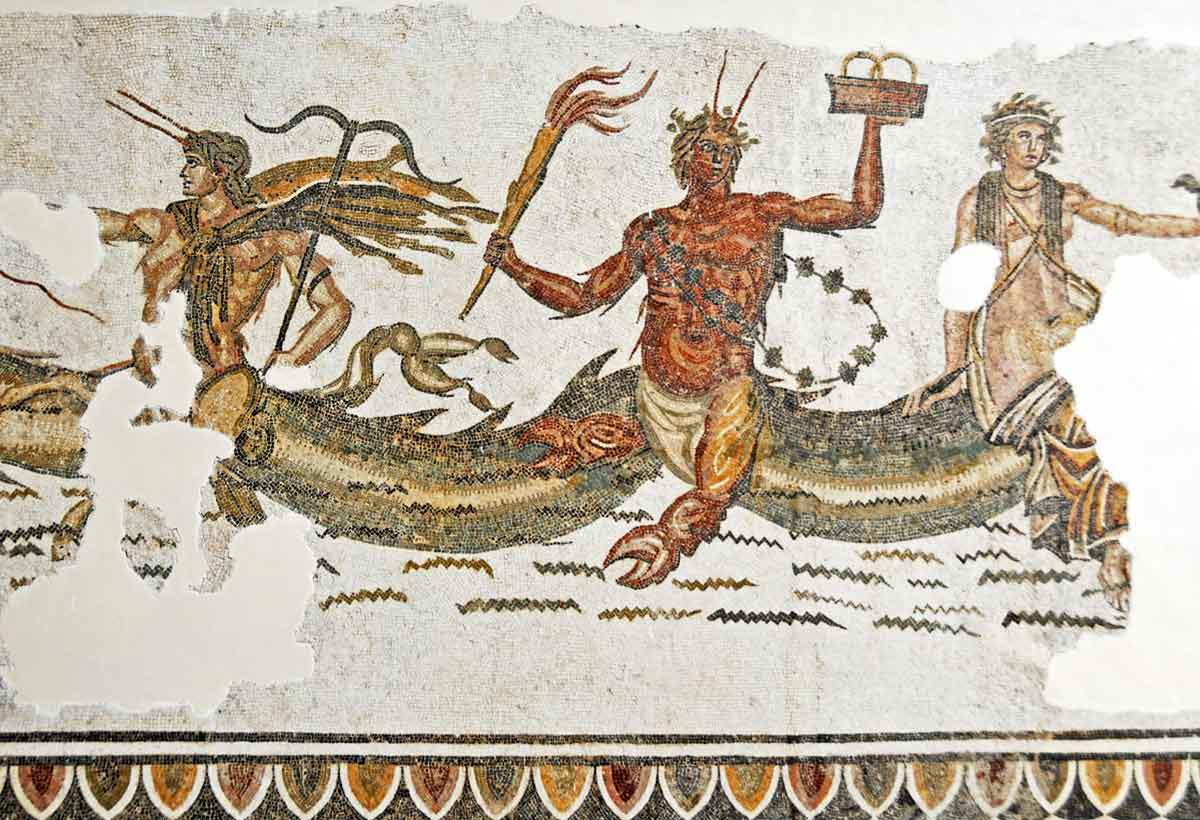
With this in mind, it is reasonable to look to the archaeology of modern-day Ithaca to see if it has revealed anything that matches what Homer described in the Odyssey. The first notable place that Odysseus reaches on his journey home is the harbor of Phorcys. About this harbor, Homer wrote:
“In the kingdom of Ithaca is a certain harbor of Phorcys, the old man of the sea. In it are two jutting precipitous headlands, sloping down toward the harbor, that shelter it from the great waves of the stormy winds.”
This is where Odysseus is said to have arrived, being carried there by one of the automatic ships of the Phaeacians. The Odyssey goes on to explain that nearby was a pleasant cave that was sacred to the nymphs called the Naiads. Inside this cave, there were said to have been mixing bowls and amphoras of stone. Has archaeology revealed the true location of the harbor of Phorcys and its associated Cave of the Nymphs?
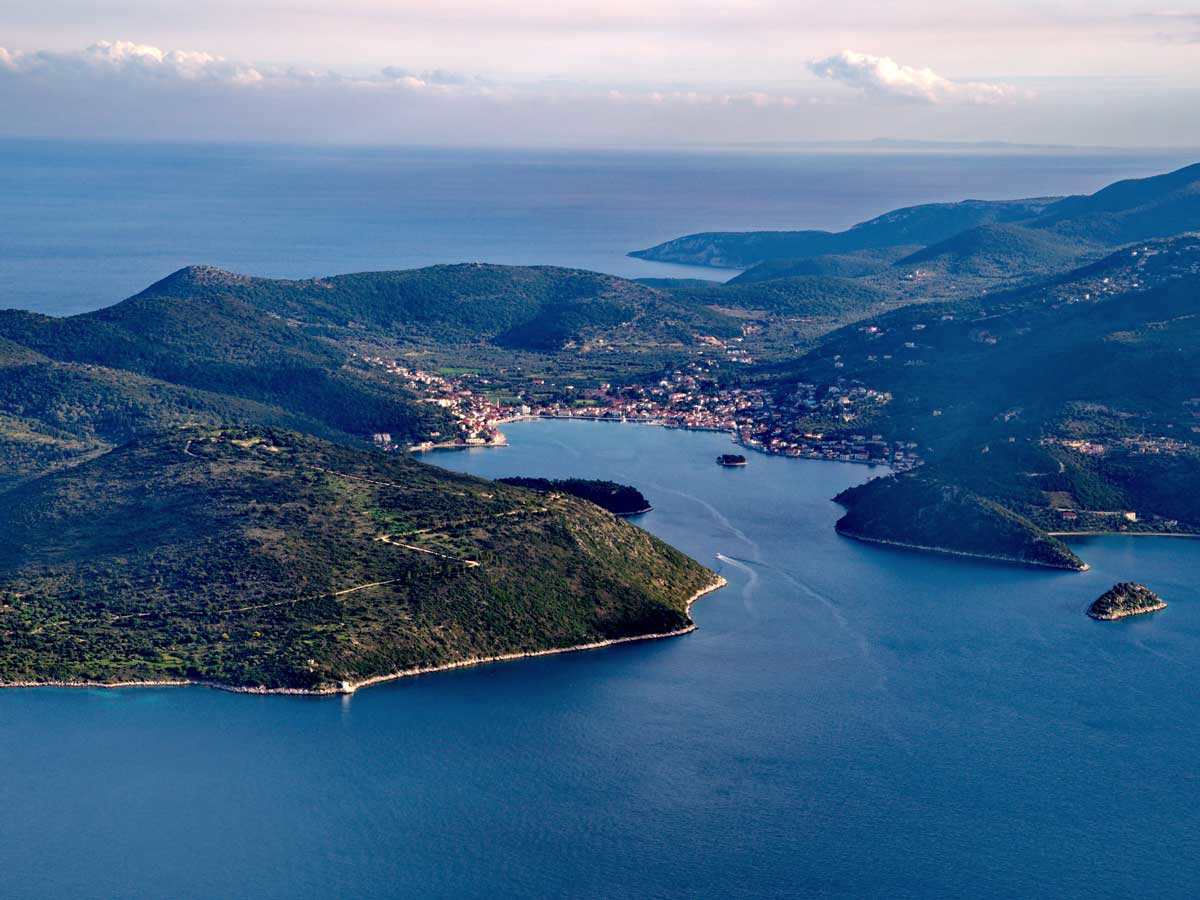
One traditional identification of the harbor of Phorcys is the bay of Vathy in the southern half of the island. Indeed, this is well sheltered by the land either side of the bay, just as Homer describes. Furthermore, there is a prominent cave near the western side which some have identified as the Cave of the Nymphs.
However, this is not the only possibility, nor is it the most logical. The bay of Vathy is in the southern half of Ithaca. However, the Phaeacians evidently approached Ithaca from the north (for reasons we will go on to see later). For this reason, another likely possibility is Polis Bay. This is on the western side of the northern end of Ithaca. While not as well sheltered as Vathy Bay, it is still well sheltered. In fact, it is noted today for its tranquillity. Furthermore, the headlands either side are indeed precipitous and slope down towards the bay. This matches Homer’s description well, and its northerly location makes more logical sense.
Offerings at the Cave of the Nymphs
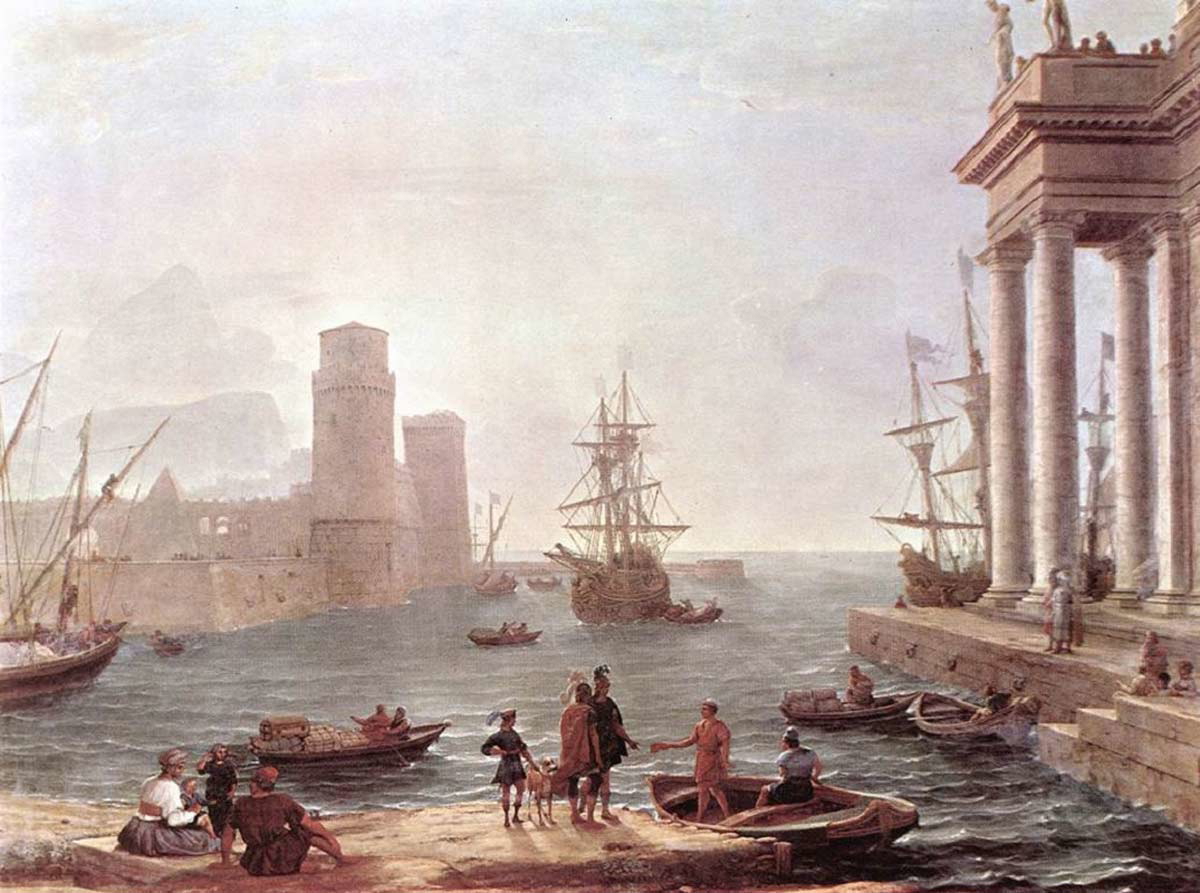
Archaeology strongly supports the conclusion that Polis Bay is the harbor of Phorcys in Homer’s Odyssey. The reason for saying this is the fact that the Cave of the Nymphs, at or just next to the harbor, was said to have been the site of many offerings. Odysseus implies that he used to give many offerings to the nymphs before he left for the Trojan War. He also asserts that he will continue to do this now that he is back home.
Additionally, the Phaeacians gave Odysseus gifts of gold, bronze, and fine clothing when they took him home. In particular, thirteen kings of the Phaeacians each gave Odysseus a bronze tripod. Odysseus was said to have hidden all this treasure—the gold, bronze, clothing, and the thirteen tripods—in the Cave of the Nymphs. This affords archaeology the opportunity to confirm the true location of the Cave of the Nymphs and, therefore, the harbor of Phorcys. What has archaeology revealed?
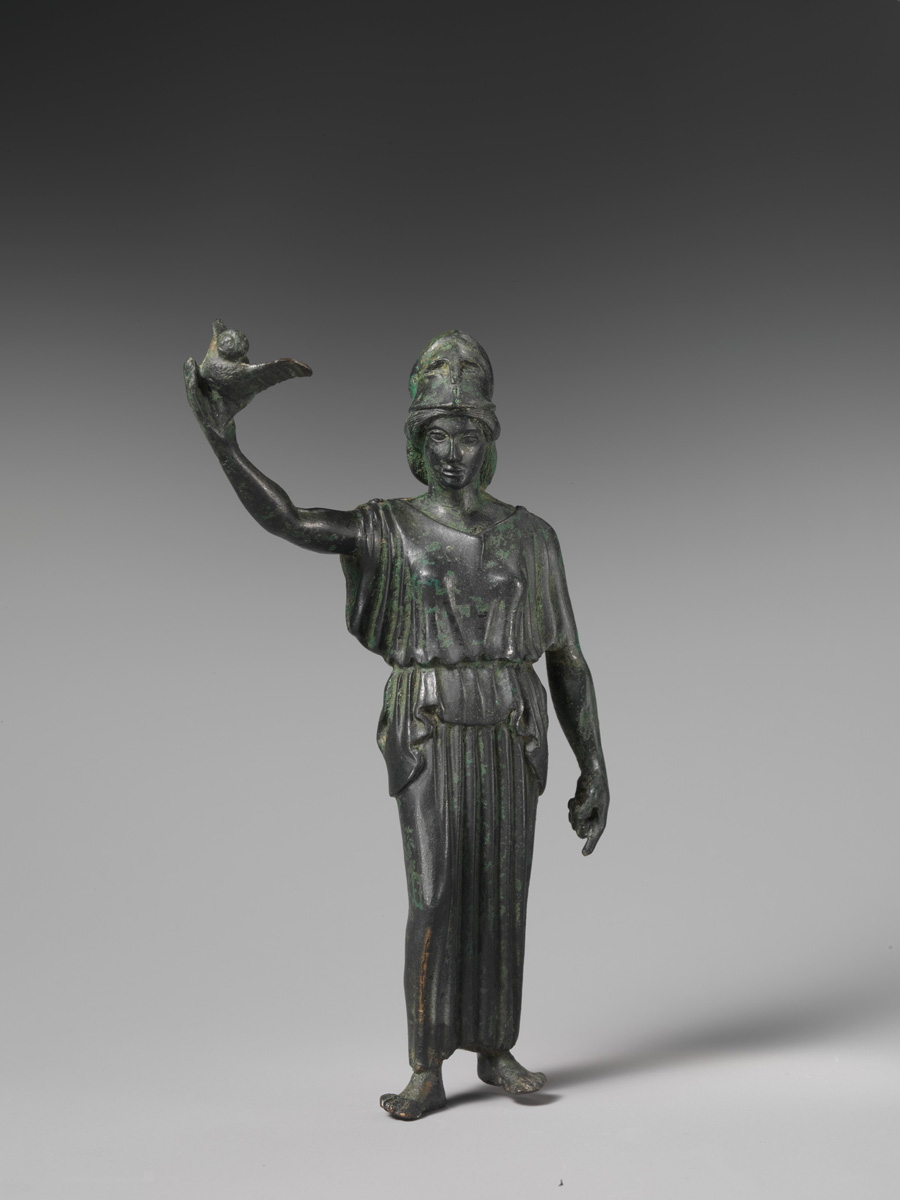
The supposed Cave of the Nymphs at the bay of Vathy has not produced anything definitive. However, investigations into Polis Bay have been incredibly fruitful. In the early 20th century, archaeologists discovered evidence of a collapsed cave on the northwest side of the bay. During their excavations, they uncovered numerous items. From these and subsequent excavations, it became immediately clear that this had been a sacred site.
There were countless offerings, including numerous female figurines, easily interpreted as being in honor of the nymphs to whom the cave was sacred in the Odyssey. Some of the dedications also indicate that it was sacred to Athena, the goddess who spoke to Odysseus when he returned. She was also the one who is said to have helped Odysseus bring the treasure into the cave. Based on this evidence, with nothing comparable at the cave near the bay of Vathy, it is clear that Polis Bay is the true harbor of Phorcys, where Odysseus returned.
Odysseus’ Thirteen Bronze Tripods
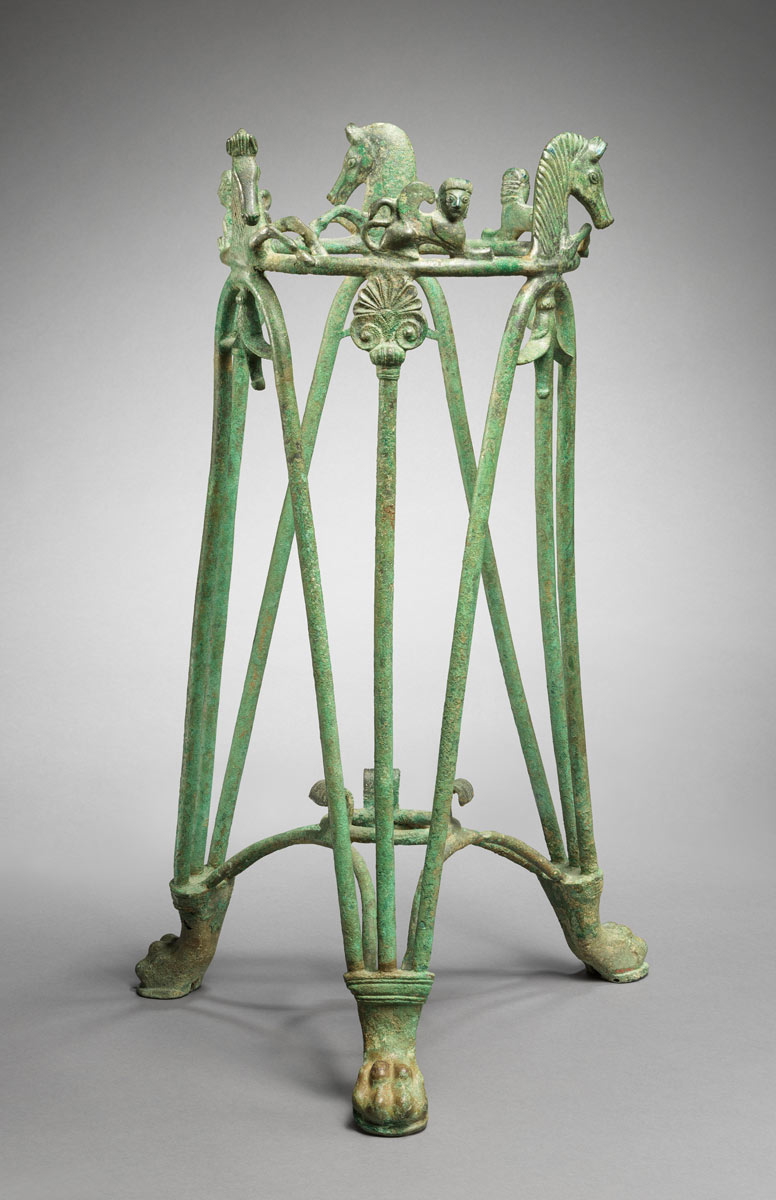
What about the thirteen bronze tripods that Odysseus was said to have hidden in the Cave of the Nymphs? This is a specific amount of a specific type of item. If archaeologists were to find thirteen tripods in this cave at Polis Bay, that would be remarkable confirmation indeed. As it happens, that is exactly what the archaeologists in the 1930s discovered. One bronze tripod was found by a landowner at Polis Bay, while twelve others were discovered in situ by the archaeologists. This matches perfectly with the description in the Odyssey.
However, there is one issue with these tripods. They date to the 8th century BCE, long after the era in which the Odyssey is usually believed to have been set. For this reason, a common explanation is that they were placed there as an offering in honor of Odysseus, the person giving the offering being inspired by the story in the Odyssey. Yet despite the popularity of this explanation, there are obvious problems with it.
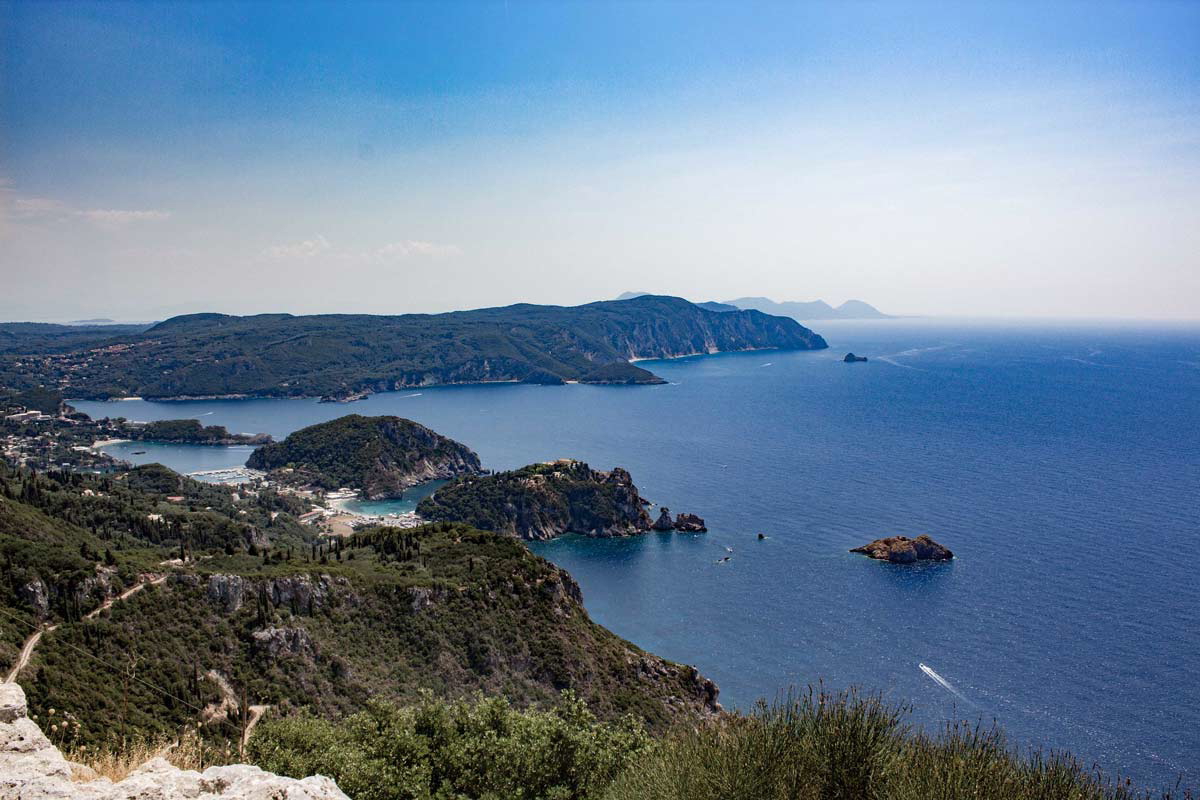
For one thing, if wealthy individuals were inspired by the Odyssey to give offerings of thirteen tripods in the cave at Polis Bay, then what would we expect to find? Naturally, we would expect to find far more than just thirteen. The only way for only thirteen tripods to have been there in modern times would be if only one person in history made this offering in honor of Odysseus. Yet of course, there is no logical reason for such an offering to have been made only once and then never again.
It is far simpler and more logical to simply accept these thirteen expensive tripods as being the ones of the story. Of course, that would mean that Homer’s story—this part of it, at the very least—was based on events far more recent than the Bronze Age. However, when we consider the surrounding context of the thirteen tripods, this is all but inevitable. They were given to Odysseus by the Phaeacians, a rich naval civilization on the island of Scheria, not too far from Ithaca. Since antiquity, they have been understood to be the people of Corfu. Yet, there was no such civilization of Corfu in the Bronze Age.
Archaeological Traces of Homer’s Odyssey on Ithaca
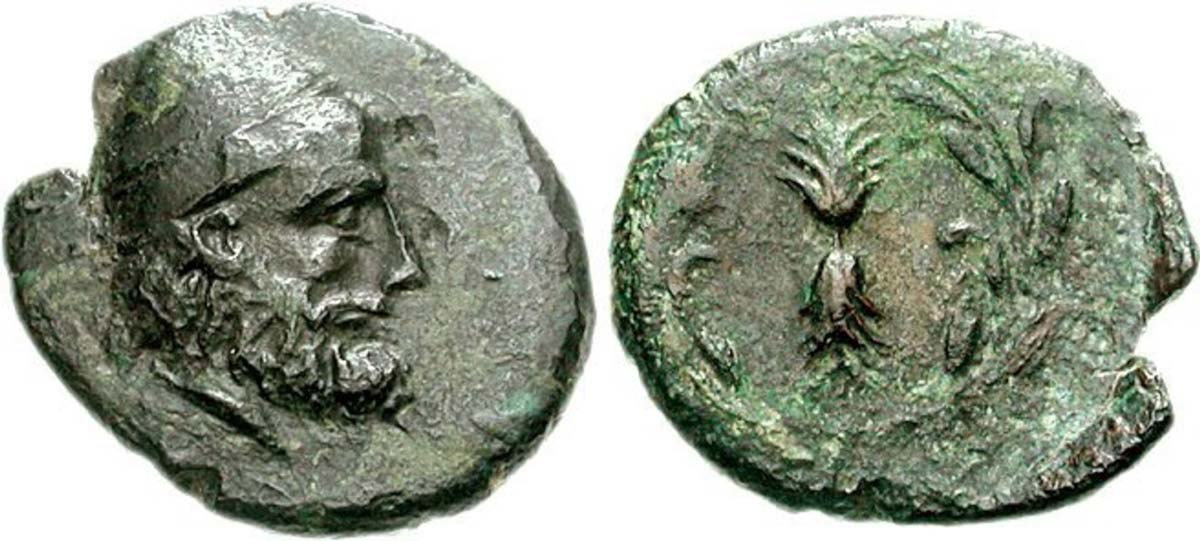
In conclusion, archaeology has shed some valuable insight on our understanding of Homer’s Ithaca. Odysseus was said to have returned to the island at the harbor of Phorcys, next to which was the sacred Cave of the Nymphs. In this cave, Athena helped Odysseus hide his treasure of gold, bronze, clothing, and thirteen tripods, all from the Phaeacians. Archaeology has revealed that Polis Bay was the harbor of Phorcys. It was here that a cave was found to have been used as a sacred site dedicated to certain female figures and the goddess Athena.
Furthermore, thirteen tripods were found at the cave. While these date from the 8th century BCE, and not the Bronze Age, this does not refute them being those left by Odysseus. The entire context of Odysseus’ treasure, being from the rich Phaeacians of Corfu, requires this part of the story to have come from events in the more recent Archaic Era. Whoever put those tripods in the cave at Polis Cave was almost certainly the inspiration for Homer’s Odysseus, and was not a later visitor.
